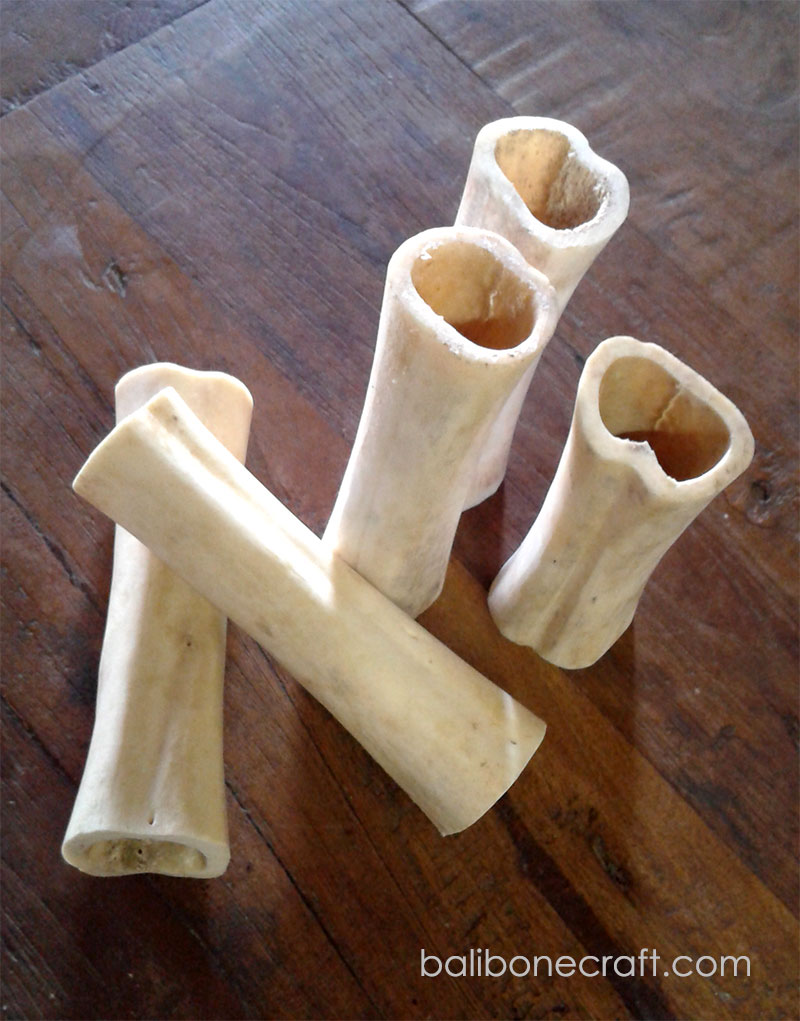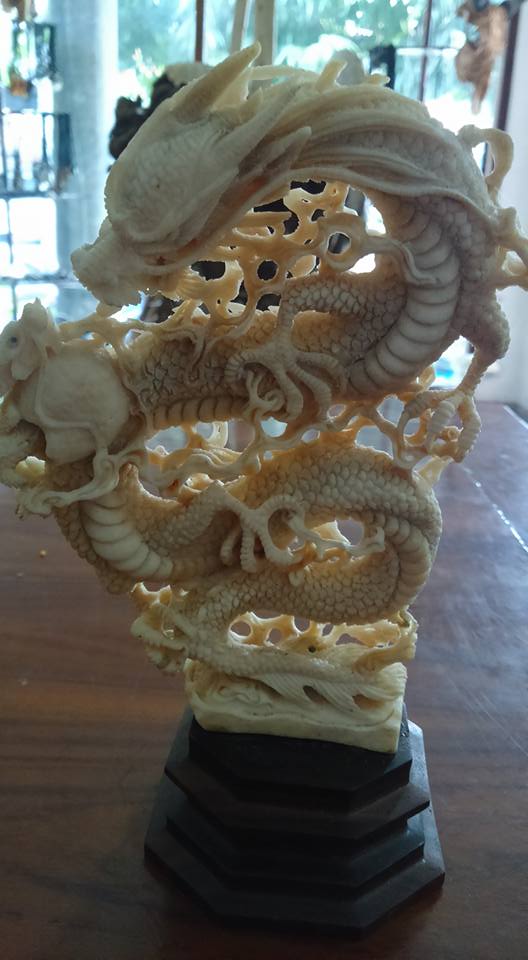THE SKULL
 The skull is a bony structure that forms the head of the skeleton in most vertebrates. It supports the structures of the face and provides a protective cavity for the brain. The skull is composed of two parts: the cranium and the mandible. In the human these two parts are the neurocranium and the viscerocranium or facial skeleton that includes the mandible as its largest bone. The skull forms the anterior most portion of the skeleton and is a product of cephalisation—housing the brain, and several sensory structures such as the eyes, ears, nose, and mouth. In the human these sensory structures are part of the facial skeleton.
The skull is a bony structure that forms the head of the skeleton in most vertebrates. It supports the structures of the face and provides a protective cavity for the brain. The skull is composed of two parts: the cranium and the mandible. In the human these two parts are the neurocranium and the viscerocranium or facial skeleton that includes the mandible as its largest bone. The skull forms the anterior most portion of the skeleton and is a product of cephalisation—housing the brain, and several sensory structures such as the eyes, ears, nose, and mouth. In the human these sensory structures are part of the facial skeleton.
Functions of the skull include protection of the brain, fixing the distance between the eyes to allow stereoscopic vision, and fixing the position of the ears to enable sound localisation of the direction and distance of sounds. In some animals such as horned ungulates, the skull also has a defensive function by providing the mount (on the frontal bone) for the horns.
The English word “skull” is probably derived from Old Norse “skalli” meaning bald, while the Latin word cranium comes from the Greek root κρανίον (kranion).
The skull is made up of a number of fused flat bones, and contains many foramina and processes, and several cavities or sinuses.
BONES
 Except for the mandible, all of the bones of the skull are joined together by sutures—synarthrodial (immovable) joints formed by bony ossification, with Sharpey’s fibres permitting some flexibility. Sometimes there can be extra bone pieces within the suture known as wormian bones or sutural bones.
Except for the mandible, all of the bones of the skull are joined together by sutures—synarthrodial (immovable) joints formed by bony ossification, with Sharpey’s fibres permitting some flexibility. Sometimes there can be extra bone pieces within the suture known as wormian bones or sutural bones.
The human skull is generally considered to consist of twenty-two bones — eight cranial bones and fourteen facial skeleton bones. In the neurocranium these are the occipital bone, two temporal bones, two parietal bones, the sphenoid, ethmoid and frontal bones.
The bones of the facial skeleton are the vomer, two nasal conchae, two nasal bones, two maxilla, the mandible, two palatine bones, two zygomatic bones, and two lacrimal bones. Some sources count a paired bone as one, or the maxilla as having two bones (as its parts); some sources include the hyoid bone or the three ossicles of the middle ear but the overall general consensus of the number of bones in the human skull is the stated twenty-two.
Some of these bones—the occipital, parietal, frontal, in the neurocranium, and the nasal, lacrimal, and vomer, in the facial skeleton are flat bones.
A DRAGON
 A dragon is a legendary creature, typically scaled or fire-spewing and with serpentine, reptilian or avian traits, that features in the myths of many cultures around world. The two most well-known cultural traditions of dragon are
A dragon is a legendary creature, typically scaled or fire-spewing and with serpentine, reptilian or avian traits, that features in the myths of many cultures around world. The two most well-known cultural traditions of dragon are
The European dragon, derived from European folk traditions and ultimately related to Balkans and Western Asian mythologies. Most are depicted as reptilian creatures with animal-level intelligence, and are uniquely six-limbed (four legs and a separate set of wings).
The Chinese dragon, with counterparts in Japan (namely the Japanese dragon), Korea and other East Asian and South Asian countries. Most are depicted as serpentine creatures with above-average intelligence, and are quadrupeds (four legs and wingless).
The two traditions may have evolved separately, but have influenced each other to a certain extent, particularly with the cross-cultural contact of recent centuries. The English word dragon and Latin word draco derives from Greek δράκων (drákōn), “dragon, serpent of huge size, water-snake”.
ANIMAL THAT MAY HAVE INSPIRED DRAGONS
Nile crocodile
It has been speculated that accounts of spitting cobras may be the origin of the myths of fire-breathing dragons.
Nile crocodiles, today very restricted in range, were in ancient times occasionally found in Southern Europe, having swum across the Mediterranean. Such wayward crocodiles may have inspired dragon myths. Skeletons of whales, as well as dinosaur and mammalian fossils may have been occasionally mistaken for the bones of dragons and other mythological creatures; for example, a discovery in 300 BC in Wucheng, Xingwen County, Sichuan, China, was labeled as such by Chang Qu. Adrienne Mayor has written on the subject of fossils as the inspiration for myths in her book The First Fossil Hunters,[9] and in an entry in the Encyclopedia of Geology she wrote: “Fossil remains generated a variety of geomyths speculating on the creatures’ identity and cause of their destruction. Many ancient cultures, from China and India to Greece, America, and Australia, told tales of dragons, monsters, and giant heroes…”
Komodo dragon
In Australia, stories of such creatures may have referred to the land crocodiles, Quinkana sp., a terrestrial crocodile which grew to 5 to possibly 7 metres long, or the monitor lizard Varanus priscus (formerly Megalania prisca) a giant carnivorous goanna that might have grown to 7 metres (23 ft), and weighed up to 1,940 kilograms (4,280 lb), or rainbow serpents (possibly Wonambi naracoortensis) that were part of the extinct megafauna of Australia. Today the Komodo monitor lizard Varanus komodoensis is known in English as the Komodo dragon.
In the book An Instinct for Dragons anthropologist David E. Jones suggests a hypothesis that humans just like monkeys have inherited instinctive reactions to snakes, large cats and birds of prey. Dragons have features that are combinations of these three. An instinctive fear for these three would explain why dragons with similar features occur in stories from independent cultures on all continents.
In Slovenia, Johann Weikhard von Valvasor compiled folk stories on the Olm, a subterranean salamander, in The Glory of the Duchy of Carniola. It is mentioned as a baby dragon. Heavy rains of Slovenia would wash the olms up from their subterranean habitat, giving rise to the folk belief that great dragons lived beneath the Earth’s crust, and the olms were the undeveloped offspring of these mythical beasts.
Source : wikipedia.org